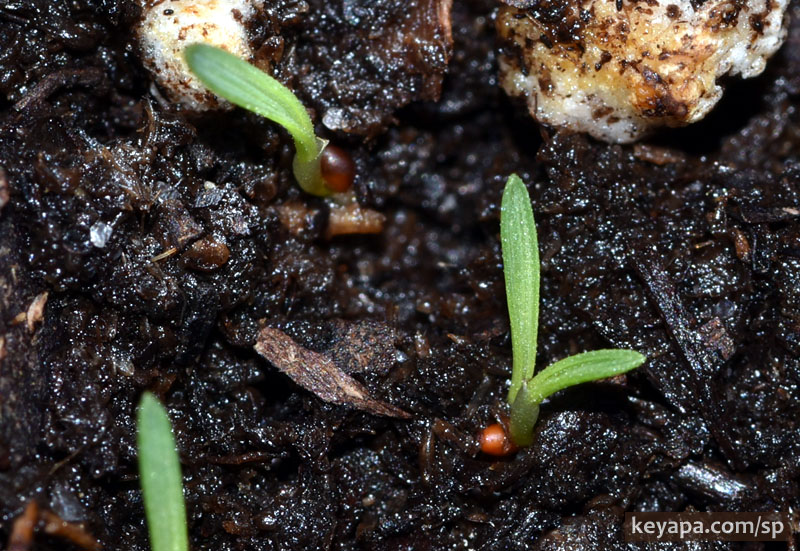
Surprisingly, although I’ve grown rice from seed all the way to harvesting, I’ve actually never grown ornamental grasses from seed. So this year I decided I’d try my luck at it.
On the face of it, it seems to make sense to grow grasses from seed, given that you can easily buy hundreds (or even thousands) of ornamental grass seeds for less than $10, but buying from box stores will typically cost you in the $20 range for larger specimens.
I chose a few types of ornamental grasses from third party stores in Amazon, making sure I got a mix of perennials and annuals, as well as some species that I had liked when I lived in the northeast. I knew the latter would probably not do as well in the hot and humid climate of Florida, but I wanted to try them out anyways.
In the end, I bought and germinated these species:
Cenchrus longisetus (syn Pennisetum villosum) – subfamily Panicoideae
Eragrostis spectabilis – subfamily Chloridoideae
Festuca glauca – subfamily Pooideae
Setaria italica (“Red Jewel”) – subfamily Panicoideae
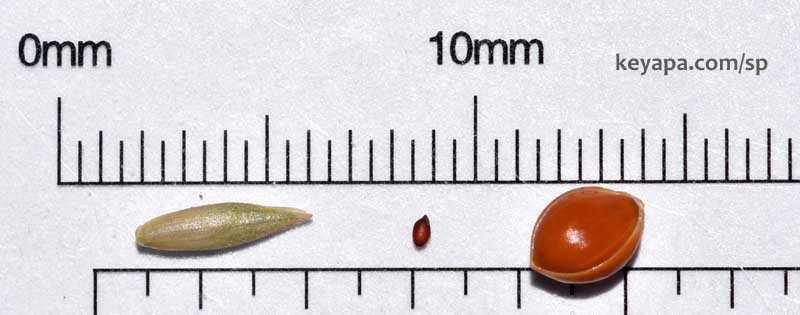
The last is an annual, and I was keeping my fingers crossed on F. glauca, which is a C3 cool season grass that probably would not be partial to Florida summers, but which I had wanted to grow when I was in New Jersey. The rest (S. italica, C. longisetus and E. spectabilis) would likely do well in the subtropical state, especially since they are C4 grasses, and the last is a native.
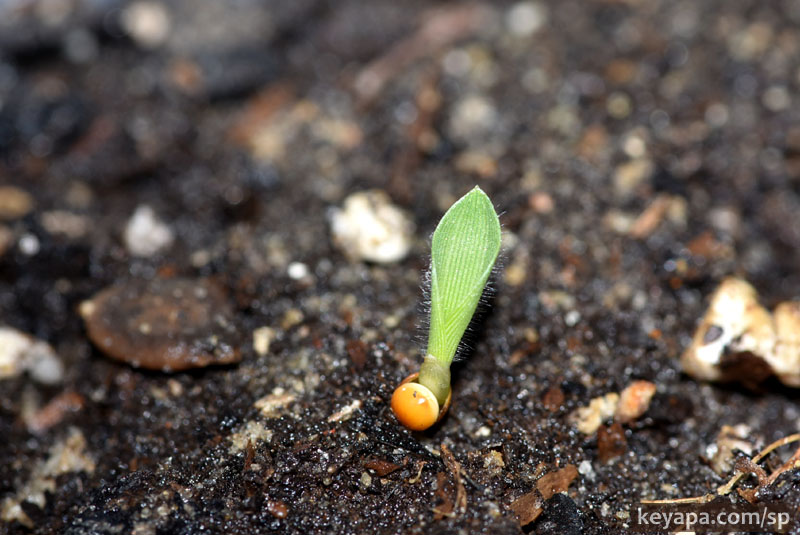
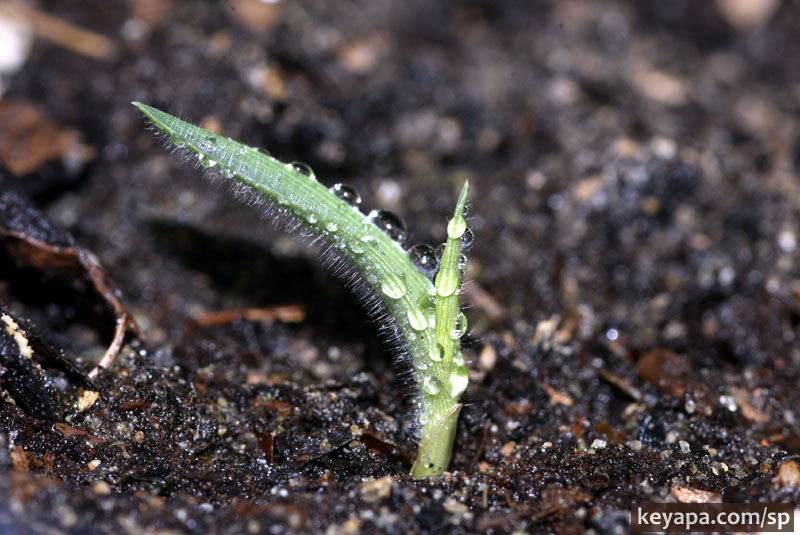
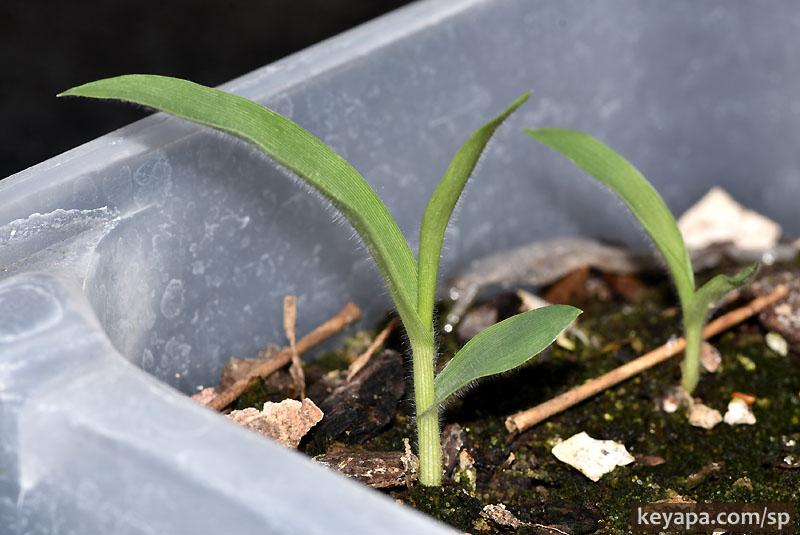
The most surprising seeds were those of E. spectabilis, which were positively minute, perhaps 1 mm in length and less than that in width! In this case, I needed to make sure not to cover the seeds with soil, although I patted them firmly into the substrate.
I did not germinate them directly in the ground, but grew them first in makeshift containers, including plastic egg containers that I had prepared by boring holes into the undersides. I did this mainly because I did not want the HOA landscape maintainers to mistake the growing seedlings for weeds and accidentally kill them. I kept the soil moist every day, sometimes watering twice during the day due to the hot sun.
Temperatures in late March/early April were in the mid-20’s Celsius (low to mid-80’s Fahrenheit) during the day, and germination for C. longisetus, S. italica, and E. spectabilis occurred in just 5 days after planting, with F. glauca lagging at 7 days after planting. My first batch of E. spectabilis had fatalities as the days passed (I had used coarse soil, and the seedlings were so small that any movement could drop them into cracks in the soil). For the second batch, I did not bury the seeds but gently pressed them onto relatively fine potting soil, and I got much greater germination rates.
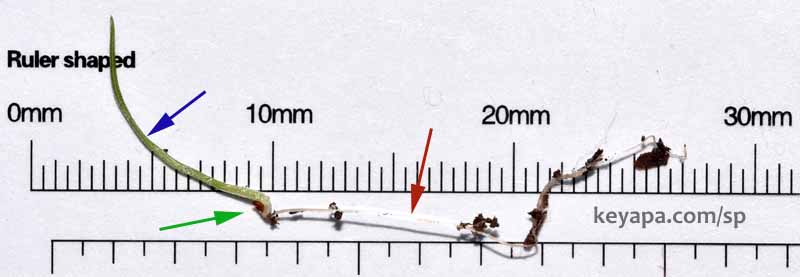
In grasses, the first structure to emerge is the so-called radicle, which is the embryonic root that is destined to become the primary root. It is protected by a sheath called the coleorhiza. The plumule or embryonic shoot comes up next, and it is protected by its own sheath called the coleoptile.
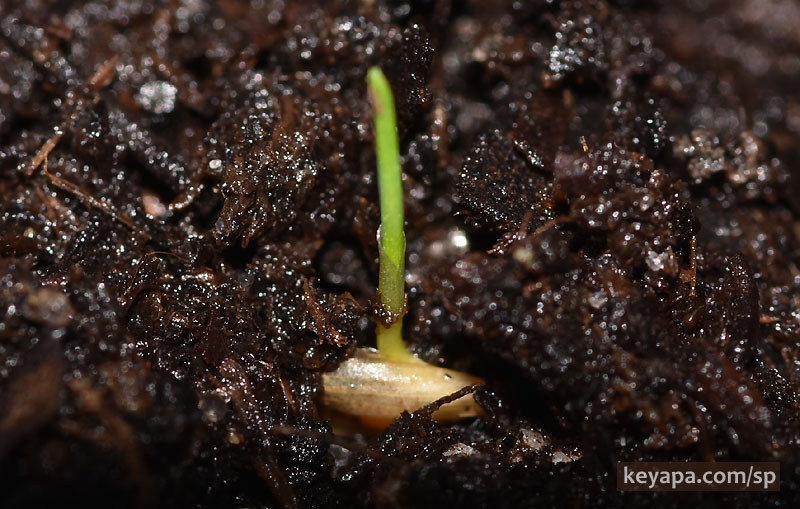
The seedlings of each type could be quite distinctive from one another. Whereas the E. spectabilis seedlings were tiny and dark green, with leaves that had intermediate width, the S. italica had very fat large leaves. Both C. longicetus and F. glauca had relatively thinner leaves.
The rate of growth also varied. C. longisetus and the annual S. italica grew quite fast, and they were the first two that were transplanted to the ground, while the minute E. spectabilis remained tiny and fragile for much longer. The record belonged to the annual S. italica, which I transplanted only 6 days after germination (11 days after planting) due to its very fast growth.
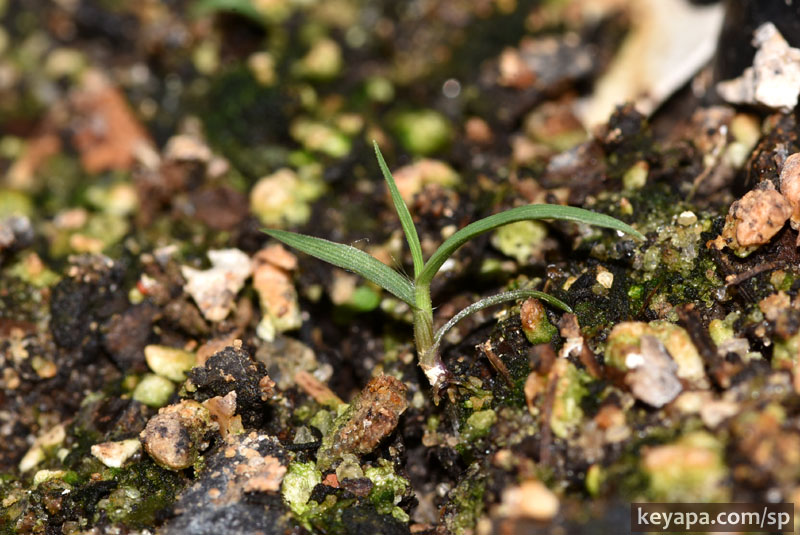
I’m quite pleased with the results so far, and I’m hoping my front and back yards will show the flowering results of the mini-project this year, and definitely by next year.

Leave a Reply